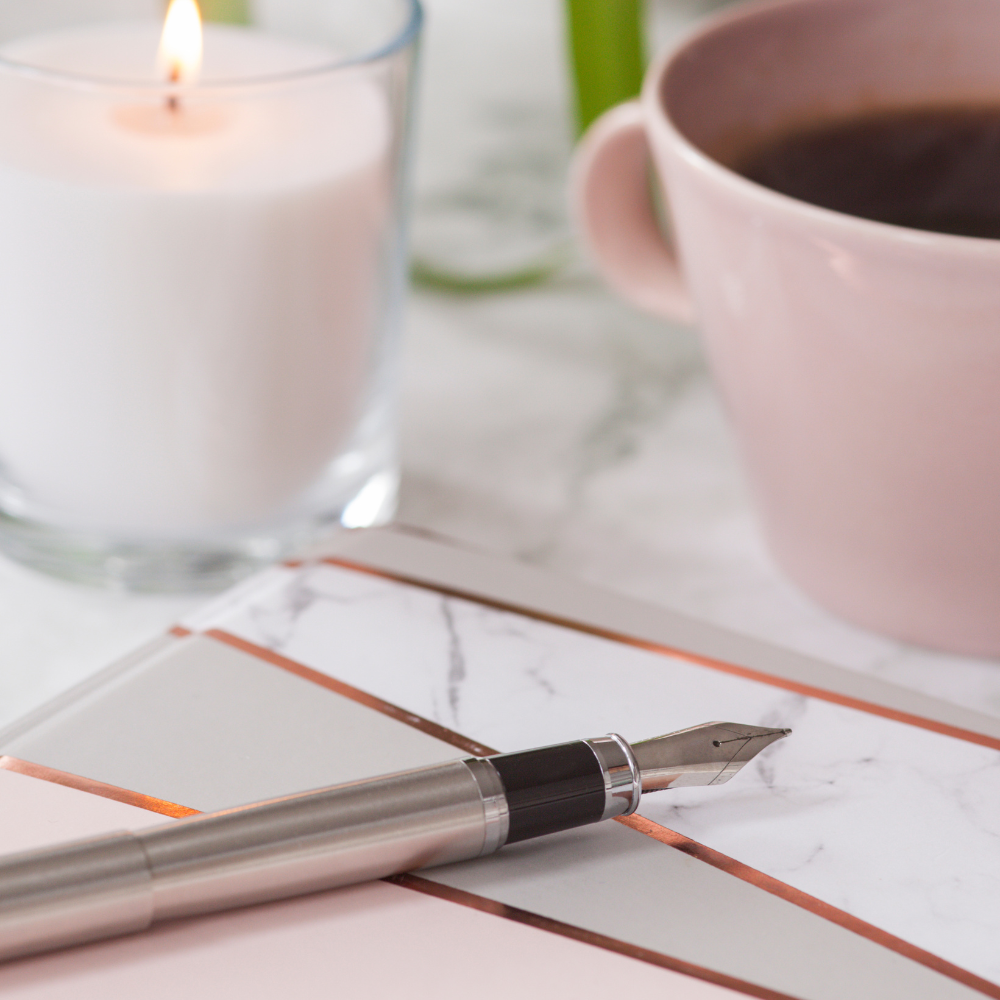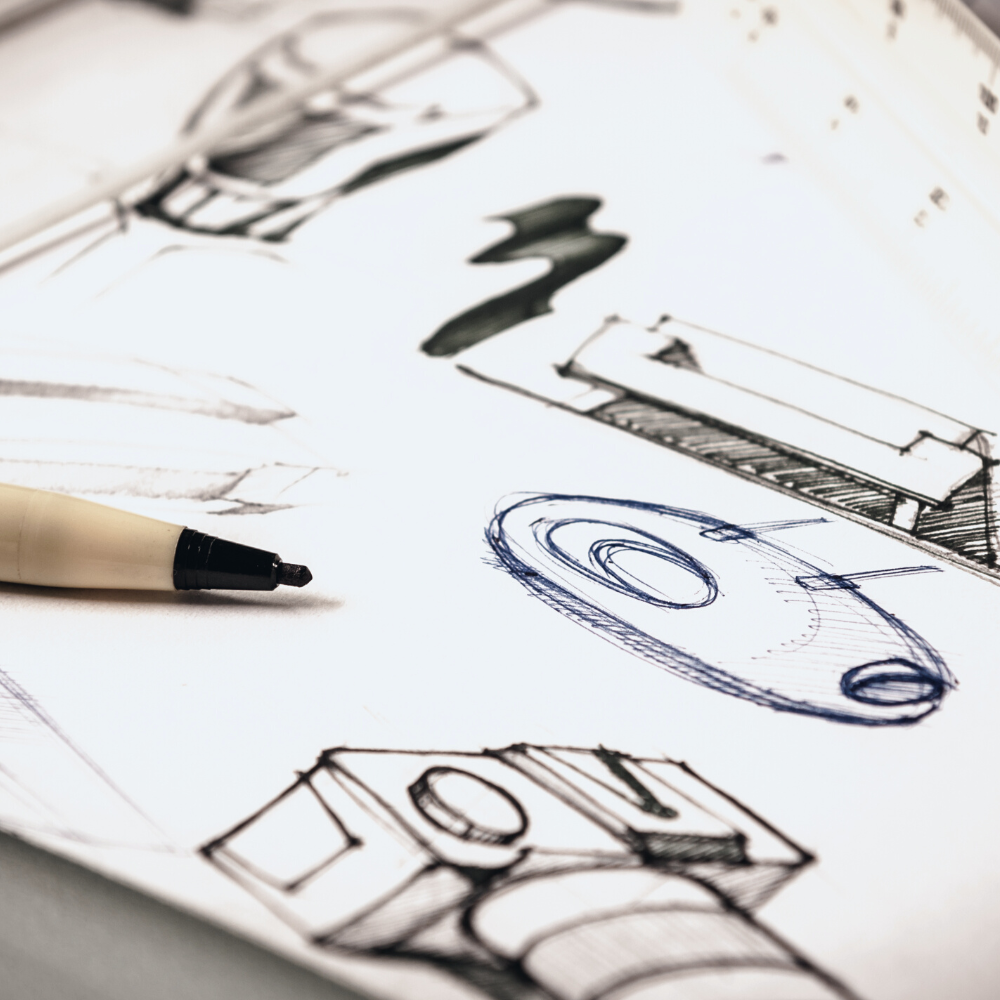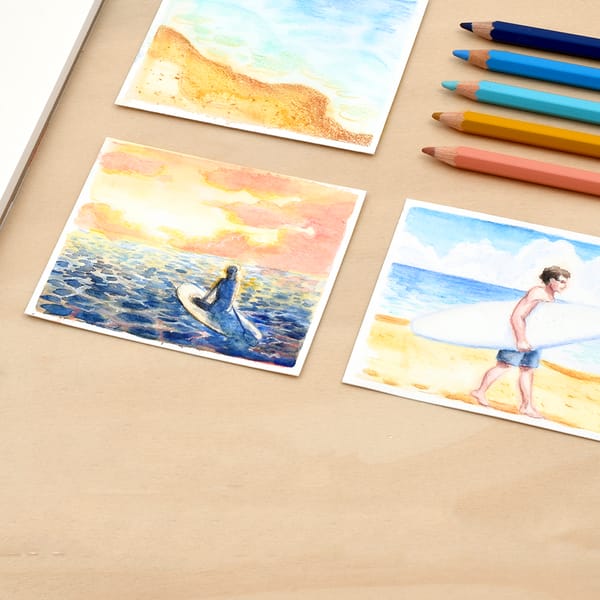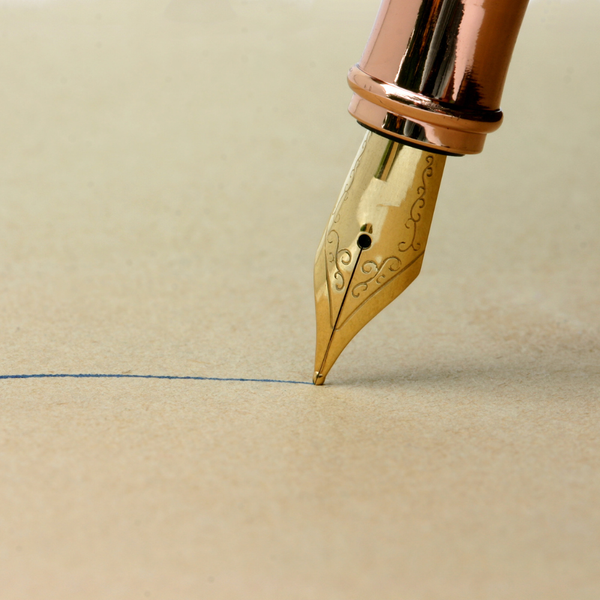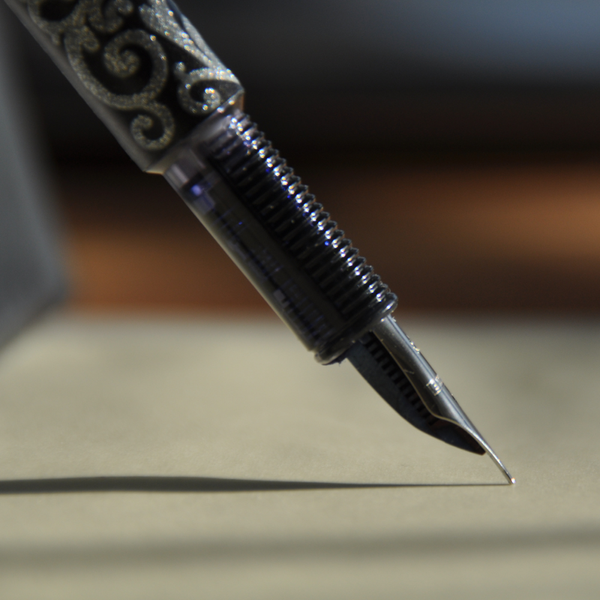Tired of using the same old boring pens for your sketches?
Ready to level up your art game and make your drawings stand out?
Well, look no further my fellow artists, because we have the ultimate guide for you to learn what pens are best for sketching!
Calling all artists, no matter if you're a newbie or a seasoned pro, we all know that feeling of holding a reliable pen.
That's why we're here to help you find the perfect pen type that will give you the confidence to bring your sketches to life.
In this article, we are going to dive deep into the world of pens and discover which types are the absolute best for sketching.
With so many options out there, it's easy to feel overwhelmed and unsure of where to even begin.
From bold, vibrant colors to smooth and precise lines, these pens are sure to pack a punch.
Whether you're a seasoned artist or just starting out, we've got you covered with a list of pens that will take your sketches to the next level!
Say goodbye to smudges, fading lines, and frustrating smears, and say hello to a whole new level of vibrant and precise sketching.
So, grab your sketchbooks, sharpen your creativity, and let's discover the pens that will take your sketches from ordinary to extraordinary!
Get ready to unleash your creativity and explore a world of vibrant lines, smooth strokes, and unlimited artistic possibilities!
Key Takeaways:
- Discover the top pens for sketching, from ballpoint pens to copic sketch markers, and learn which ones suit your artistic style.
- Understand the importance of ink flow, line width, and nib sizes in creating the perfect sketch.
- Gain insights into the best brands offering quality, durability, and a range of options for artists of all levels.



Sketching and Drawing with Pens
Sketching is an art form that requires precision, control, and the right tools to bring your vision to life.
Whether you're a professional artist or a hobbyist, finding the right pen for sketching can make all the difference in your work.
As an artist, you know that the right tools can make all the difference in your artwork.
And when it comes to sketching and drawing, pens play a crucial role in achieving precision, detail, and depth in your sketches.
Pens are not just for writing; they are versatile tools that offer a variety of line widths, ink colors, textures, and effects.
From fine lines to bold strokes, pens allow you to bring your sketches to life with a unique touch.
Pens are also great for layering and creating depth in your drawings.
You can use different types of pens to add texture, shading, and dimension to your sketches, making them more visually appealing.
Moreover, using pens for sketching allows you to work on different surfaces, including paper, canvas, and even wood.
With the right pen in your hand, you can bring your sketches to life on any surface with ease.

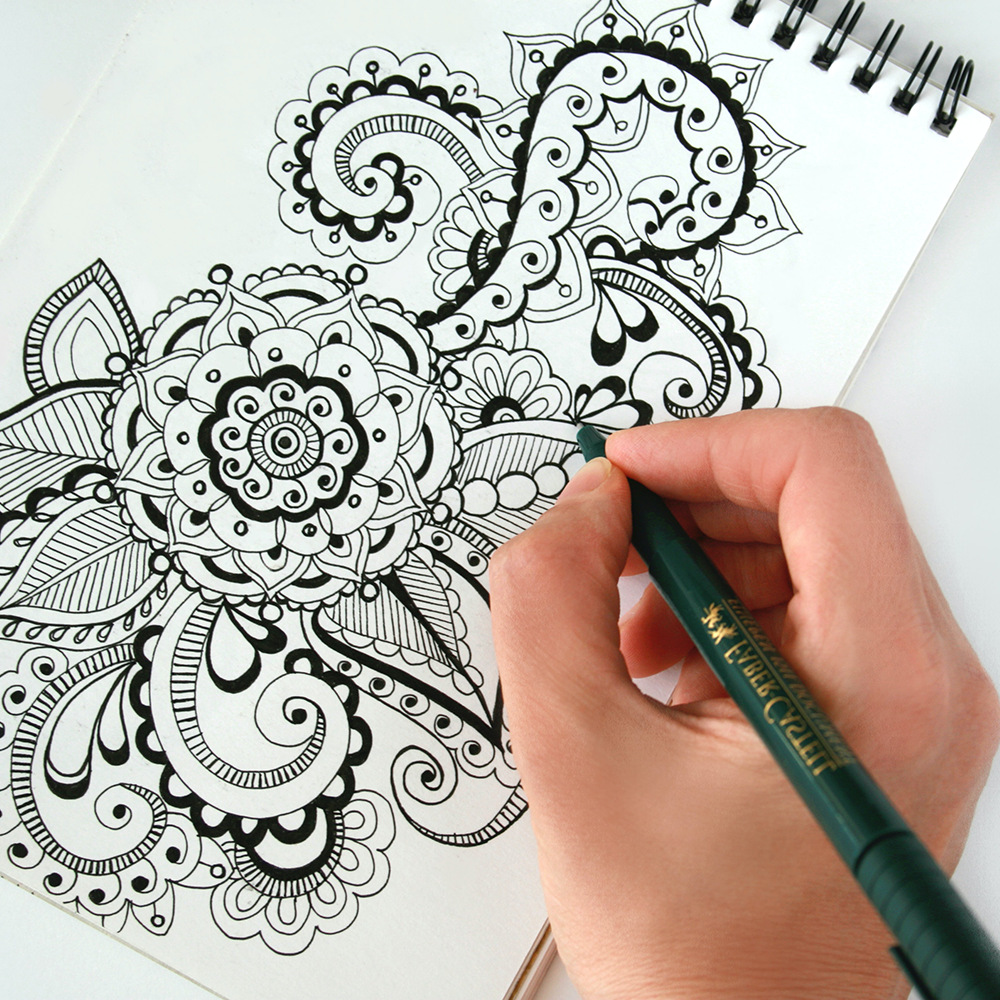

Choosing the Right Pen for Sketching
Now that we've established the importance of pens in sketching let's explore the top types of pens that are best suited for this art form.
With so many to choose from, it's essential to understand their features, strengths, and limitations to determine which ones work best for your style.
Ballpoint Pens: A Versatile Choice for Artists
Ballpoint pens are a staple in any pen collection due to their versatility and ease of use.
The oil-based ink in ballpoint pens allows for smooth, consistent lines that are perfect for both writing and sketching.
With the ability to create thin lines and bold lines without exerting too much pressure, ballpoint pens are an excellent choice for artists who prefer a more relaxed grip.
However, when using ballpoint pens on rough paper, the ink flow may not be as consistent, which can affect the line work. It's important to choose a high-quality ballpoint pen with a reliable ink flow to avoid this issue.
Fountain Pens: Elegance Meets Precision
Fountain pens are known for their elegant design and precise line work.
The water-soluble ink used in fountain pens offers a unique sketching experience, allowing artists to create clean lines with varying line thickness.
The nib sizes on fountain pens range from fine tip to broad chisel tip, providing a range of options for detail work and broader strokes.
While fountain pens can offer great value and archival quality, they may not be the best choice for every artist.
The ink can take longer to dry and may smudge if not handled carefully. Additionally, fountain pens require regular maintenance to ensure the ink flows properly.
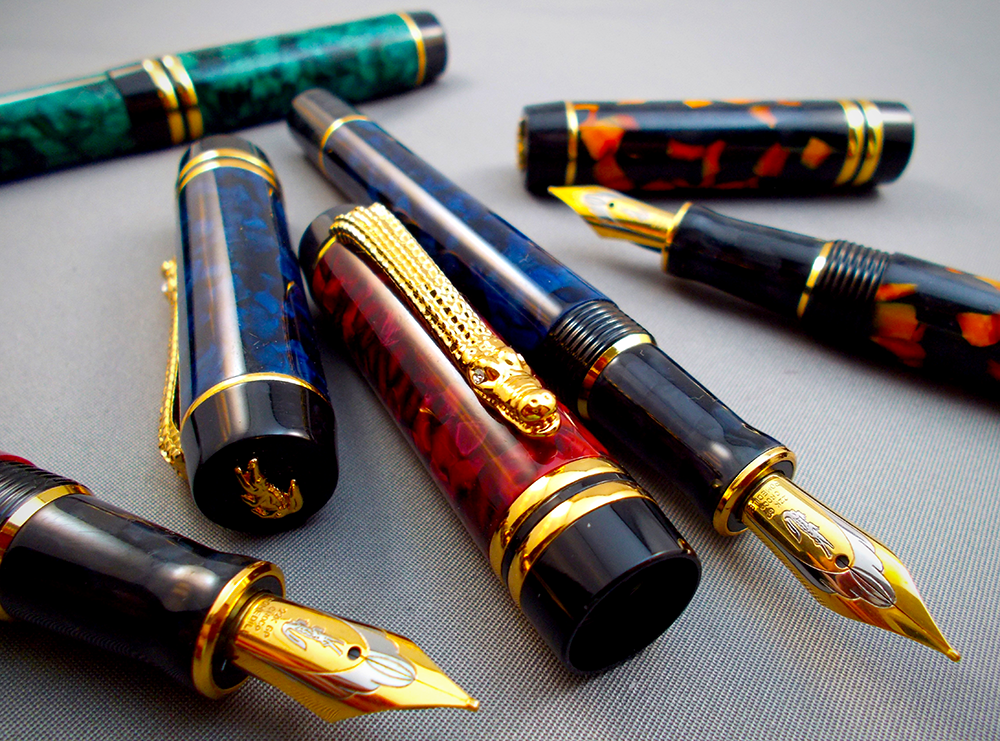

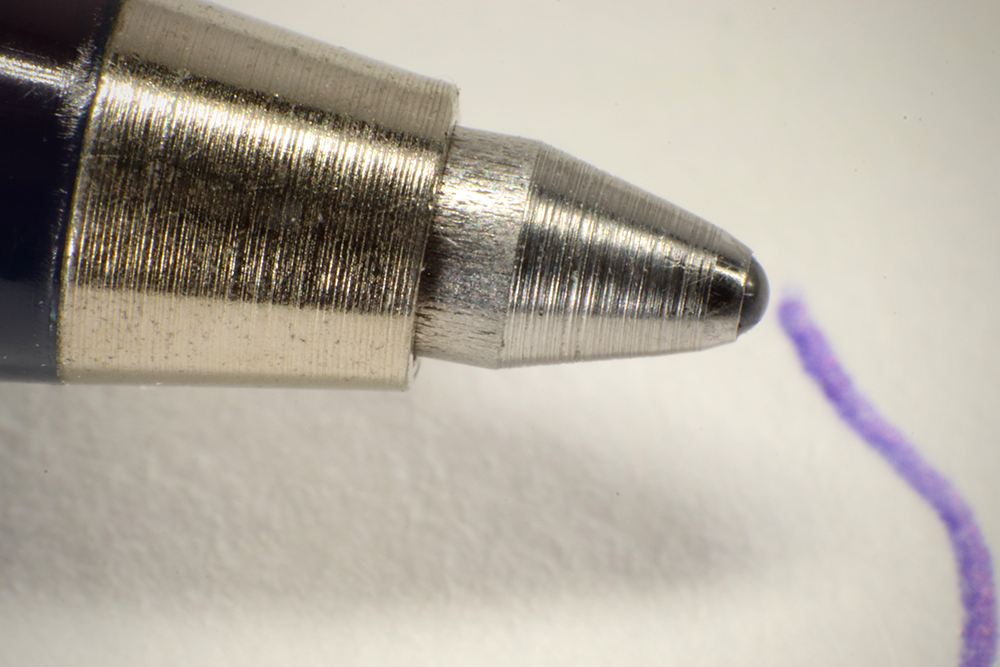
Gel Pens: Smooth Ink for Detailed Sketches
Gel pens have gained popularity among artists for their smooth ink flow and vibrant color options.
The gel ink is typically fade-resistant and acid-free, making it a safe choice for archival sketches.
Gel pens are particularly well-suited for adding details and experimenting with different colors in your drawings.
One thing to keep in mind with gel pens is that they can sometimes skip or clump on the paper, especially if the pen is not used regularly.
To avoid this, it's important to store a gel pen set properly and use them frequently to maintain a consistent ink flow.
Water Soluble Pens: Blending Ink with Innovation
Water soluble penss are a unique addition to the art pens category, offering a distinct advantage for artists who wish to combine the precision of pen drawing with the fluidity of watercolors.
These pens contain water soluble ink, which can be manipulated with a wet brush to create washes or gradients, much like traditional watercolor techniques.
This property makes them particularly useful for artists who enjoy adding a painterly effect to their sketches without the need for additional painting supplies.
The black ink in these pens is typically acid free, ensuring that the artwork remains pristine over time without the risk of fading or yellowing.
This feature is crucial for artists who sell their work or wish to preserve it for archival purposes.
Water soluble pens are not just versatile in their application but also in their ability to cater to various artistic styles, from bold and graphic to soft and subtle.
They are a testament to the innovation in pens for artists, providing new avenues for creativity and expression.

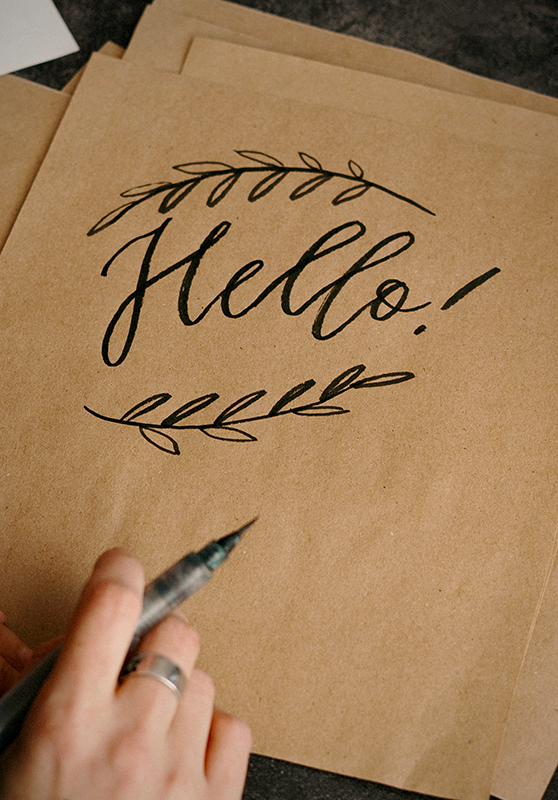

Rollerball Pens: Smooth Lines for Dynamic Sketches
Rollerball pens offer a smooth writing experience similar to that of a fountain pen but with the convenience of a ballpoint pen.
The water-based or gel ink in rollerball pens flows freely, allowing for dynamic line work and a range of line thicknesses.
These pens are particularly well-suited for artists who enjoy creating sketches with a sense of movement and fluidity.
It's important to note that the ink in rollerball pens can take longer to dry, so artists should take care to prevent smudging.
Choosing a rollerball pen with quick-drying ink can help mitigate this issue.
Brush Pens: The Artist's Tool for Expressive Strokes
Brush pens are a versatile tool for artists who enjoy creating sketches with a variety of line widths and brush-like strokes.
The flexible brush tip allows for expressive line art, and the ink is typically water-based or pigment-based, offering both water-soluble and waterproof options.
When using brush pens, the pressure applied can greatly affect the line thickness.
Artists should practice with different levels of pressure to achieve the desired effect.
Brush pens are also available in different nib sizes and ink types, providing a range of options for sketching.
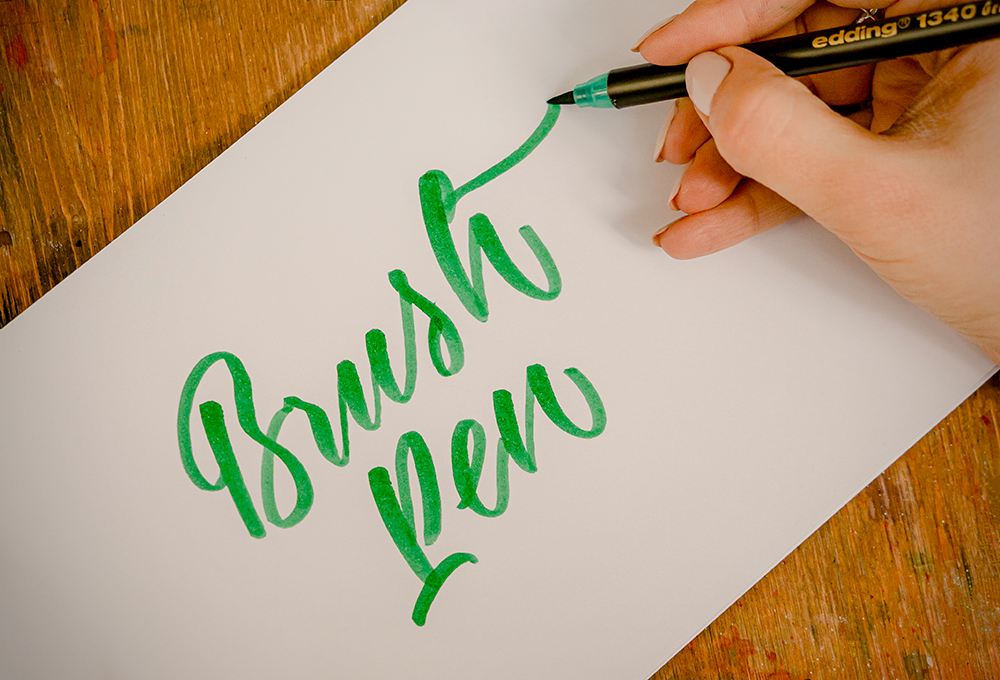

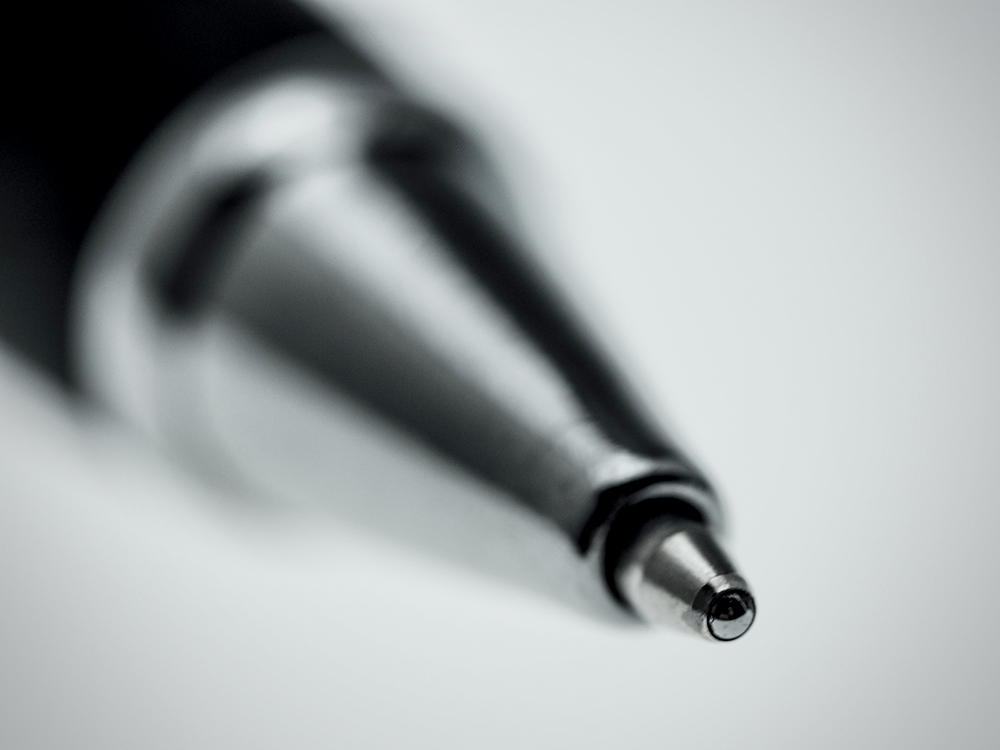
Drawing Pens: Precision and Consistency in Line Work
Drawing pens, also known as technical pens or fineliners, are an essential tool for artists who require precision and consistency in their line work.
These pens have a metal tip that allows for consistent ink flow and various line widths depending on the nib size.
A drawing pen is a must-have for artists who enjoy creating detailed sketches with clean, precise lines.
They are also great for adding shading and depth to drawings, making them a versatile tool in any artist's arsenal.
Erasable Pens: Experimenting Without the Risk of Mistakes
Erasable pens are a relatively new addition to the art pens category, offering artists the convenience of erasability without compromising on color vibrancy.
These pens have a special ink formula that can be easily erased with an eraser or heat application without damaging the paper.
Erasable pens are perfect for experimenting with sketches and correcting mistakes without wasting paper.
However, the ink may not be as resistant to fading and smudging, so artists should take care when handling their artwork.

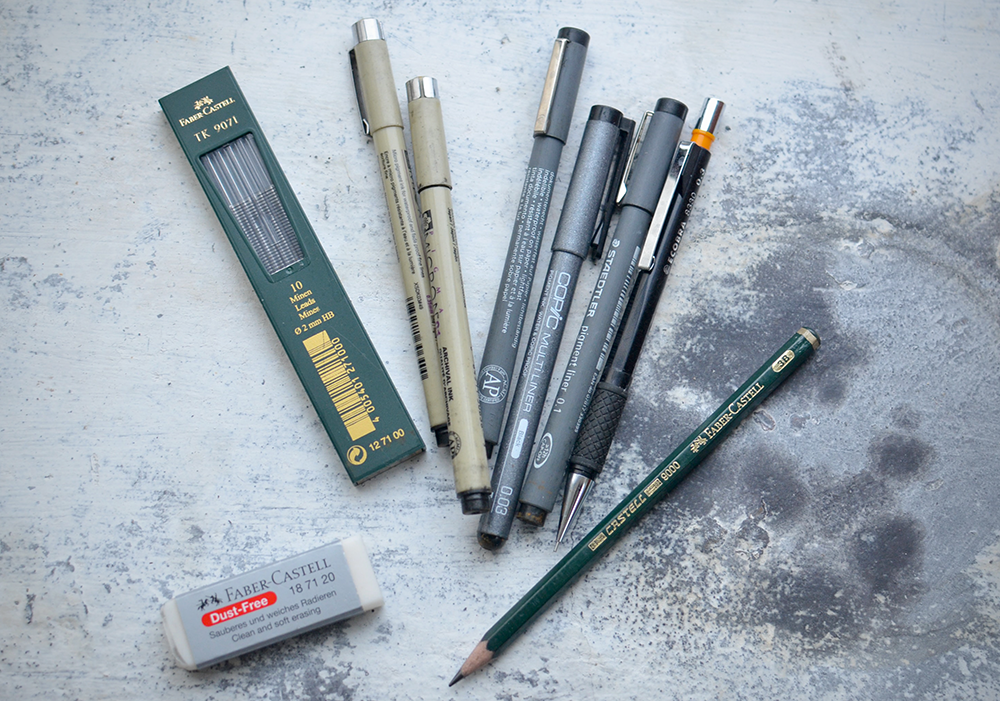
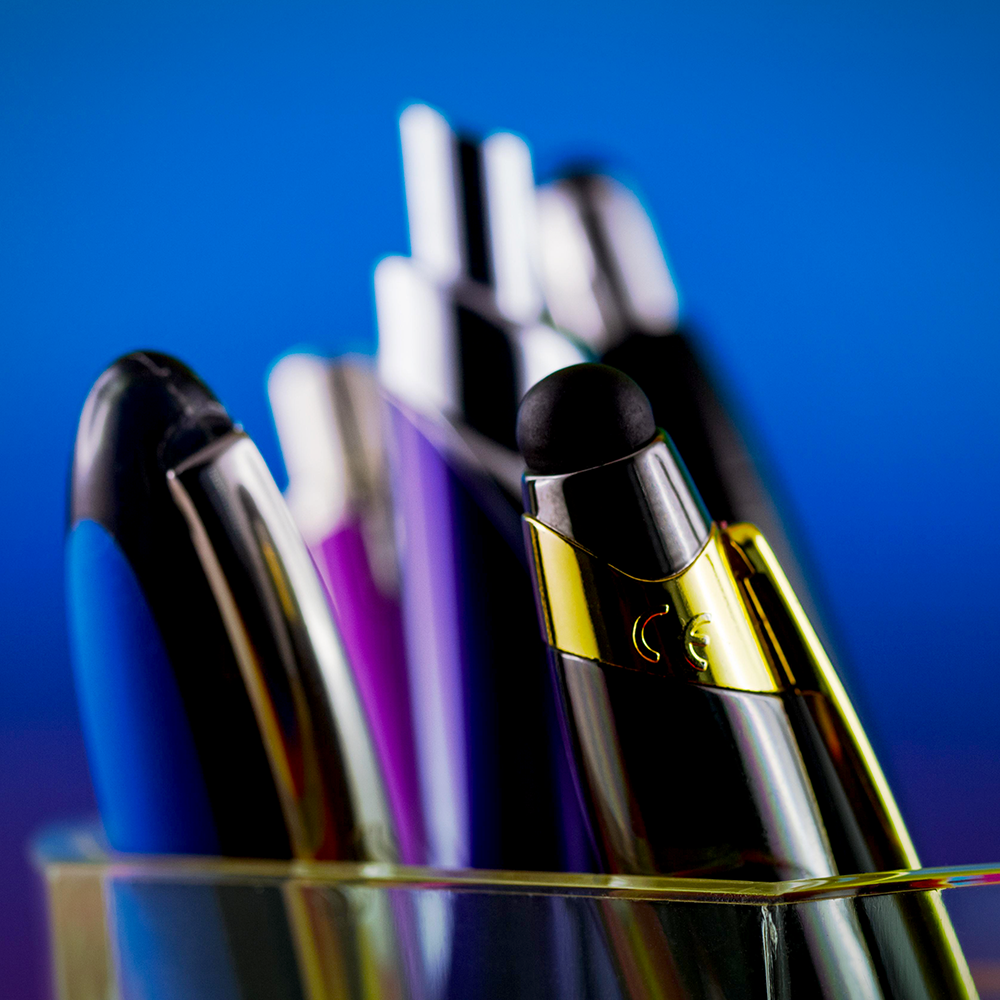
Mechanical Pencils: The Foundation for Sketching
Before delving into ink, many artists start their sketches with a mechanical pencil.
The consistent line thickness and the ability to erase make mechanical pencils an essential tool for laying down the initial drawing.
They are also convenient for artists on the go, as they don't require sharpening and can easily be refilled with lead.
When choosing a mechanical pencil, consider the line width and the hardness of the lead.
A fine tip mechanical pencil with harder lead will produce cleaner lines and less smudging, which is ideal for detailed sketches.
Stylus Pens: Digital Meets Traditional Artistry
When discussing the best drawing pens, it's essential to consider the evolving landscape of art and how digital tools intersect with traditional methods.
Stylus pens have become a staple for artists who toggle between paper and pixels.
These pens offer the tactile feel of a traditional pen but are designed to work with tablets and digital drawing surfaces, like drawing tablets.
They provide pressure sensitivity and precision, making them ideal for artists who want to sketch directly into digital art programs.
The ability to undo strokes or experiment with digital textures adds a layer of versatility that traditional pens can't match.
Moreover, stylus pens often come with customizable buttons, allowing artists to streamline their workflow by setting shortcuts for their most-used actions.
This feature is particularly beneficial for those who engage in detailed work such as calligraphy or lettering, where consistency and efficiency are paramount.
While they don't replace the feel of ink on paper, stylus pens are an indispensable tool for the modern artist, bridging the gap between analog and digital art forms.


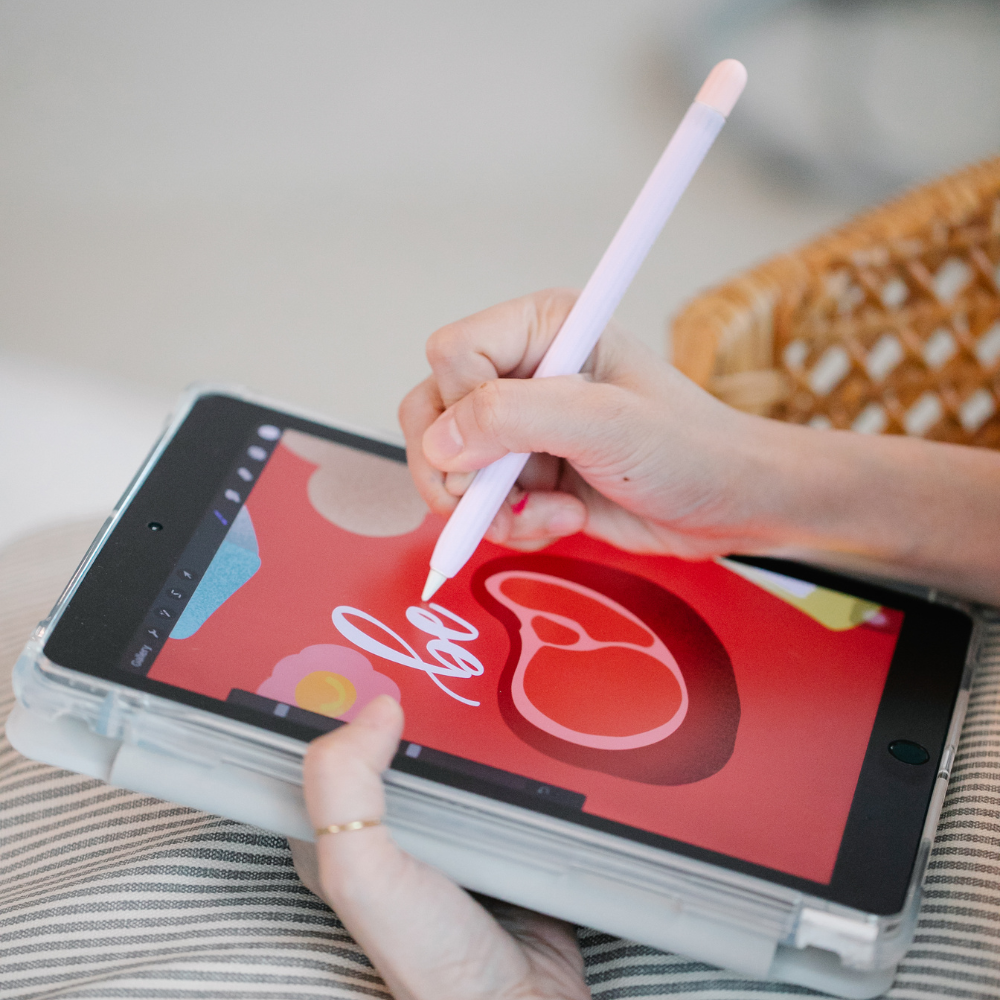
Pigma Micron Pens: Precision and Archival Quality
Sakura Pigma Micron pens are a favorite among artists for their fine point and pigment ink that offers archival quality.
These pens are designed to produce a consistent line width, making them ideal for intricate line art and detail work.
The ink is also waterproof and fade resistant, ensuring that your sketches will stand the test of time.
Pigma Micron pens come in various nib sizes, allowing artists to create everything from thin lines to bold strokes.
The ink dries quickly, reducing the risk of smudging and making these pens a reliable choice for both left-handed and right-handed artists.
Tombow Dual Brush Pens: Flexibility in Sketching
Tombow Dual Brush pens are known for their dual tips, featuring a fine point and a brush tip.
The brush nibs are perfect for creating a range of line widths, from fine lines to broad strokes, with a single pen.
These pens are also water-soluble, allowing artists to blend and create watercolor effects in their sketches.
The ink in Tombow Dual Brush pens is acid-free and non-toxic, making them a safe choice for all ages.
They are also available in a wide range of colors, providing artists with the ability to add vibrant hues to their sketches.
Copic Sketch Markers: A Favorite Among Professionals
Copic Sketch markers are highly regarded by professional artists for their alcohol markers and refillable ink system.
The brush tip on these markers allows for fluid, expressive strokes, while the chisel tip is great for filling in larger areas.
Copic markers are known for their blendability and the ability to layer colors without damaging the paper.
Although Copic Sketch markers come at a higher price point, they offer great value due to their longevity and the option to replace nibs and refill ink.
This makes them a sustainable choice for artists who sketch frequently.
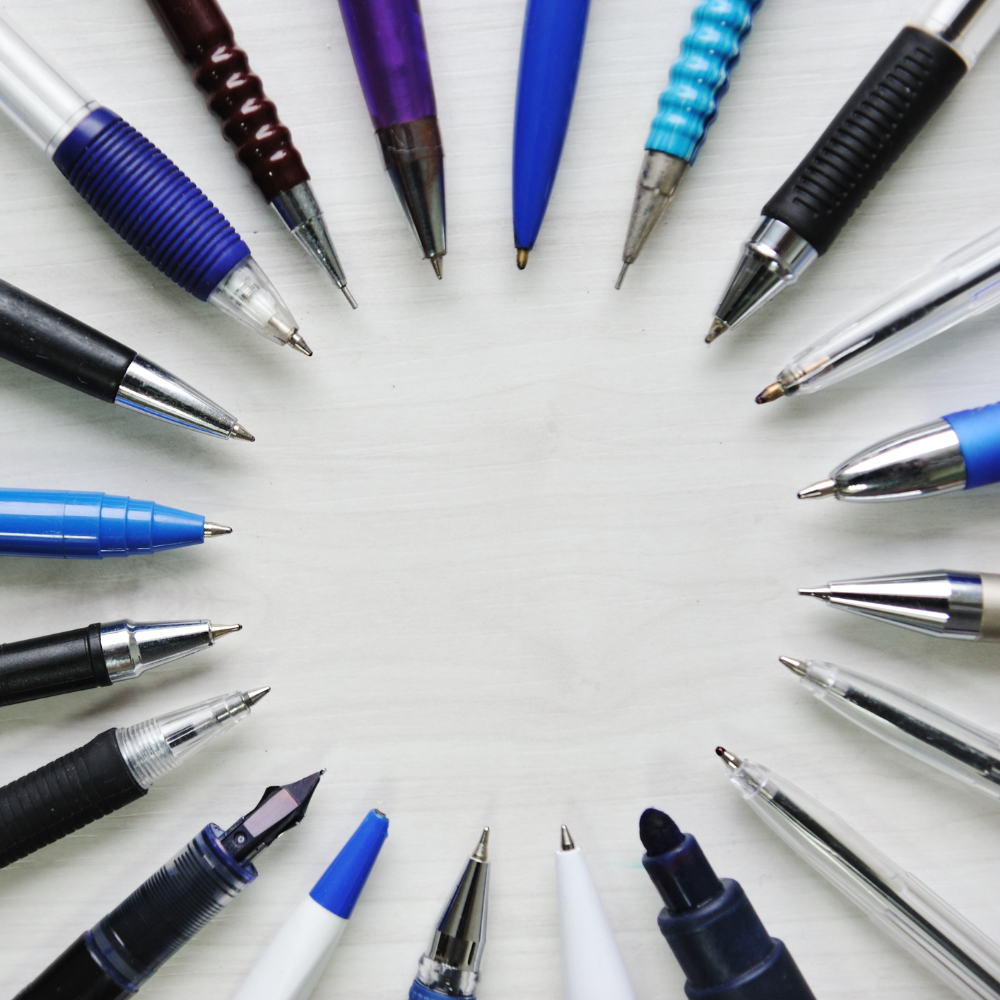
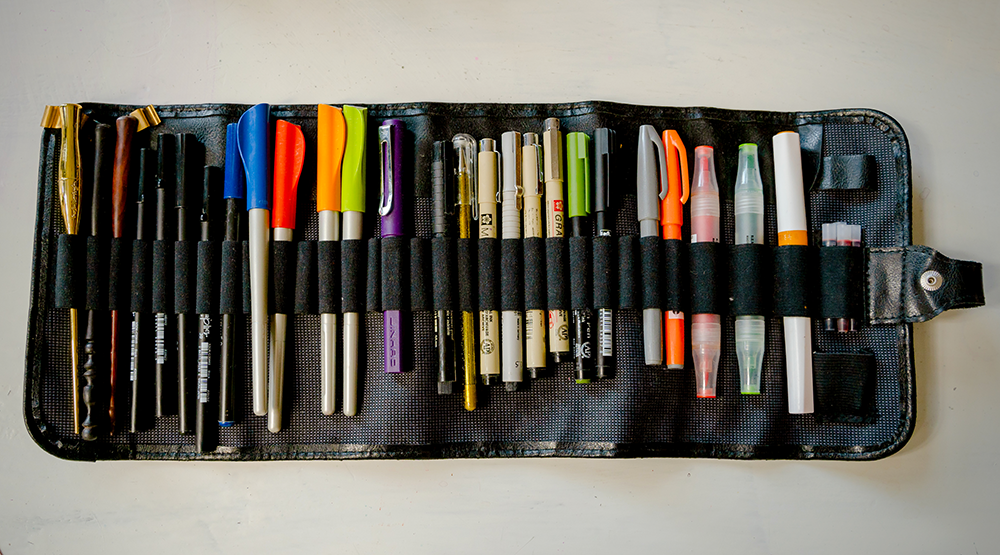

Pen & Paper Compatibility: Find the Right Match
While it's essential to choose the right pen for your sketching needs, it's equally important to find paper that complements your chosen pens.
Certain pen inks may bleed or feather on certain types of paper, which can affect the final result; in general, as inks are a wet medium, opting for wet media or mixed media paper is better than paper intended for dry media.
However, it's always best to experiment with different paper types and find the one that suits your style and preferred pen.
Additionally, consider the weight and texture of the paper to ensure it can withstand the ink without buckling or warping.
Moreover, the pen and paper combination can also affect the longevity of your artwork.
Acid-free paper is essential for preserving sketches over time, as acidic paper can cause discoloration and fading.
Types of paper to consider for sketching include smooth or textured paper, heavyweight or lightweight paper, and cotton-based or wood pulp-based paper.
It's best to choose paper that is specifically designed for the type of media you plan to use, whether it be pen and ink, watercolor, or mixed media.
Finding the Perfect Pen for Your Art Style
Choosing the right pen for sketching depends on your personal art style and the type of sketches you create.
Whether you prefer fine lines or bold strokes, there is a pen out there that will meet your needs. Experiment with different pens to find the perfect match for your sketching style.
Consider factors such as line width, ink type, and nib size when selecting a pen.
It's also important to think about the paper you'll be using, as some pens perform better on certain types of paper.
Don't be afraid to try out different pens and brands to discover what works best for you.



The World of Sketching Pens is Vast and Diverse
From traditional ballpoint pens to digital stylus pens, on the quest to find what pens are best, the world of sketching pens offers a vast array of options for artists.
Each pen has its unique features and advantages, making it suitable for different types of sketches and artistic styles.
By understanding the various types of pens available and their compatibility with certain papers, artists can elevate their sketching experience and create stunning artwork with ease.
Ballpoint pens offer a versatile and pressure-free sketching experience, while fountain pens bring precision and elegance to the table.
Gel pens provide smooth ink flow and vibrant colors, whereas Pigma Micron pens are the go-to for consistent lines and archival quality.
Water soluble pens add a painterly touch to sketches, and rollerball pens offer fluidity in line work.
Brush pens allow for expressive strokes, while erasable pens provide room for error without compromising on color.
Mechanical pencils are the foundation for sketching, and stylus pens bridge the gap between traditional and digital art forms.
Ultimately, the perfect pen for your art style is one that complements your technique and brings your vision to life.
Regardless of your preference and style, there is a sketching pen out there for you.
So, next time you pick up your pen to create a masterpiece, remember the vast and diverse world of sketching pens at your fingertips.
And as technology continues to advance and new materials are developed, who knows what innovative pens will come next?
The possibilities are endless in the world of art supplies!
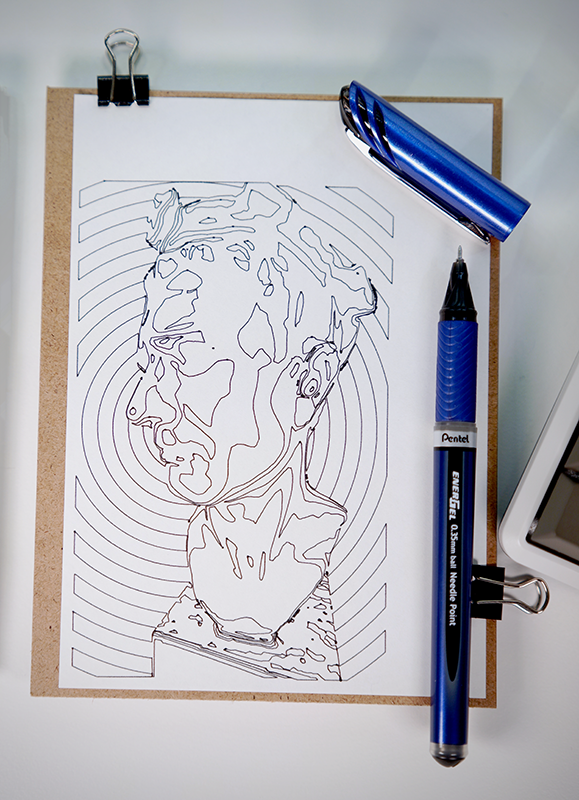

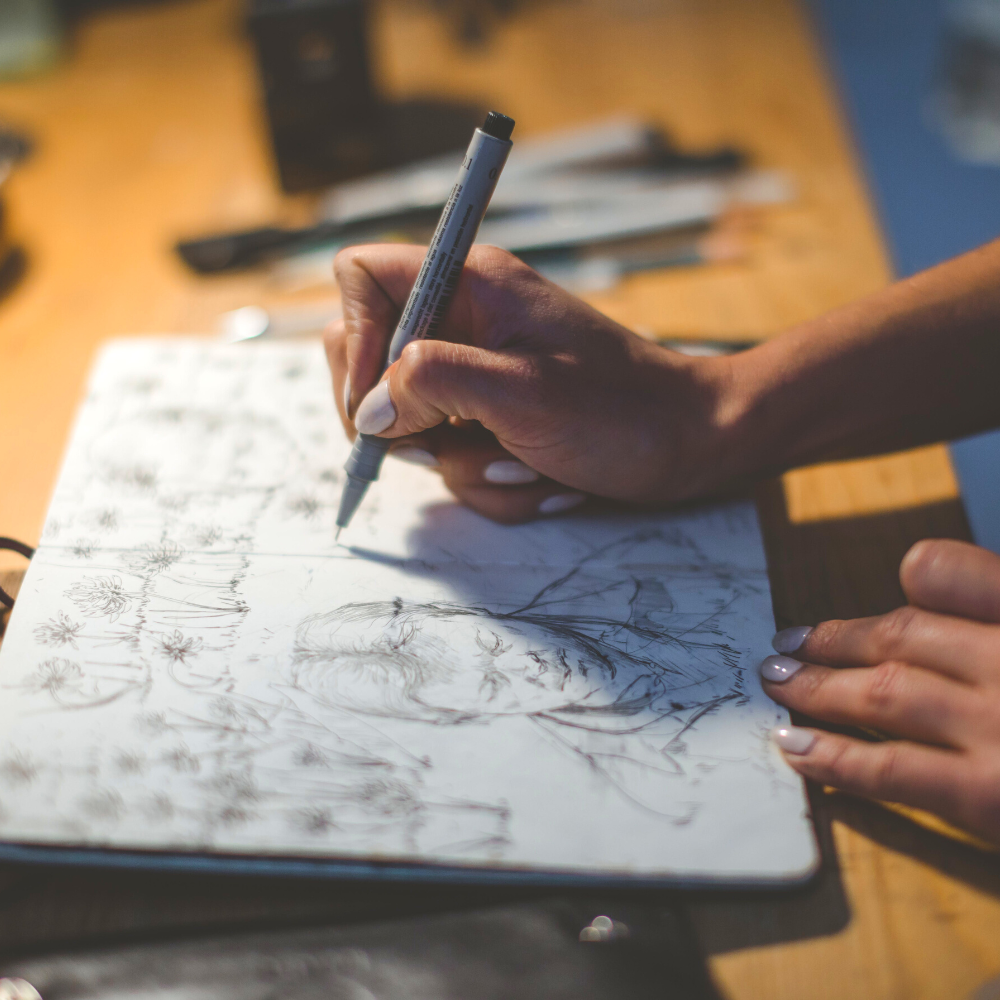
Sketching Pens FAQs
If you still have questions about sketching pens, here are some frequently asked questions that may help you find the best pens.
What should I consider when choosing a pen for sketching?
When selecting a pen for sketching, consider the type of sketches you create, your preferred line width, the ink type (water-based, pigment, gel, etc.), nib size, and whether you need waterproof or fade-resistant ink. It's also important to think about the feel of the pen in your hand and how it interacts with the paper you use.
Can I use different pens for different stages of my sketch?
Absolutely! Many artists use a combination of pens for their sketches. For example, you might start with a mechanical pencil for the initial layout, switch to a fine point pen like a Pigma Micron for detailed line work, and then use a brush pen or Copic marker for shading and adding depth.
Are expensive pens always better for sketching?
Not necessarily. While some high-end pens offer features like refillable ink and replaceable nibs, there are many affordable pens that provide great quality for sketching. It's more important to find a pen that suits your specific needs and feels comfortable for your sketching style. Experimenting with different pens, including those at various price points, can help you determine the best fit for your art.
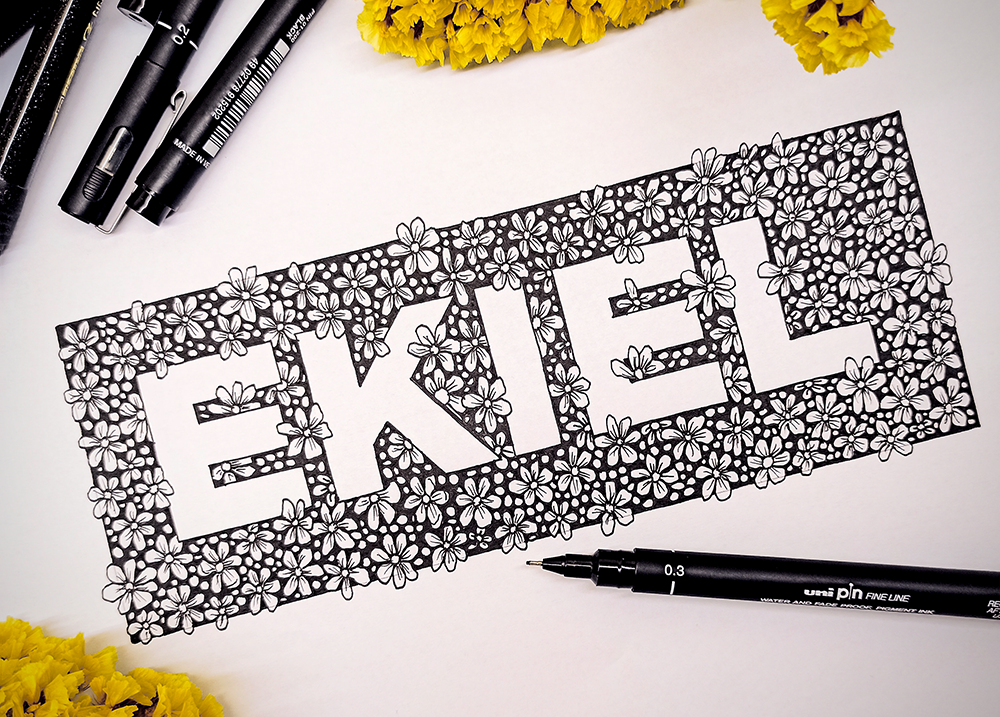

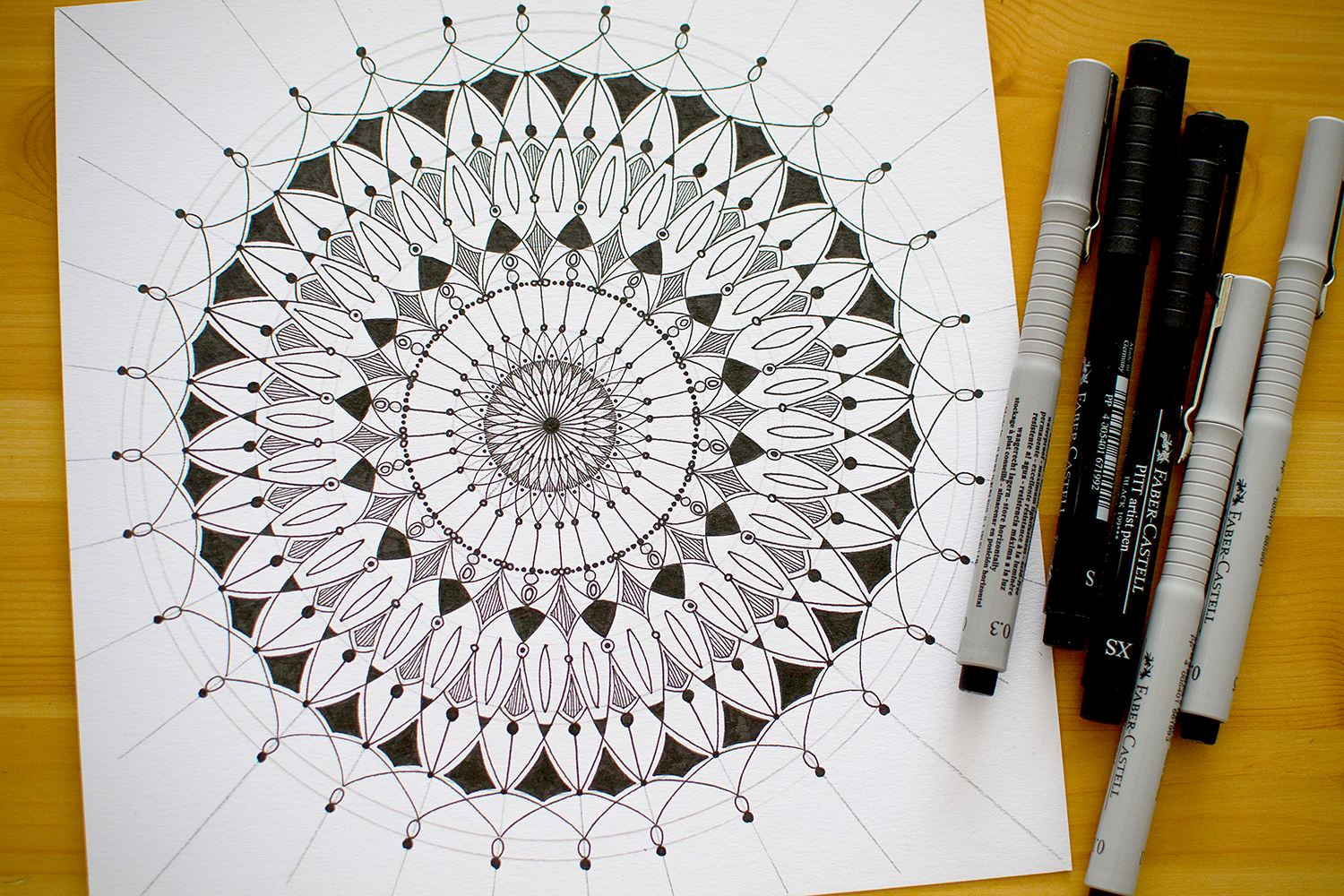
Interested in learning more about sketching with different pens? Check out TobySketchLoose - Artist and Urban Sketcher's video!
Want even more content about creativity and art?
Be sure to check out all of our creative chronicles!
Want to learn more about drawing with pens?
Check out some of our other articles:
-Is a fountain pen good for art?
-What is better than a fountain pen?

